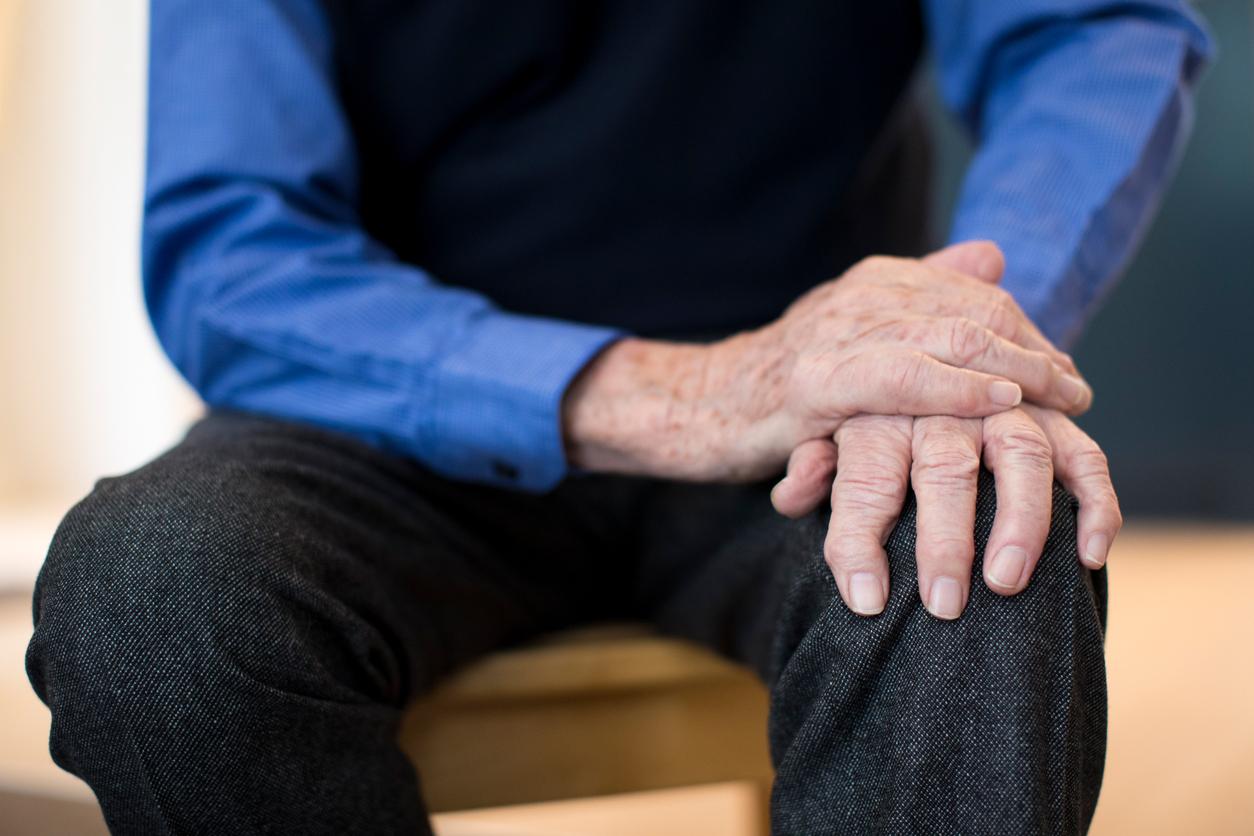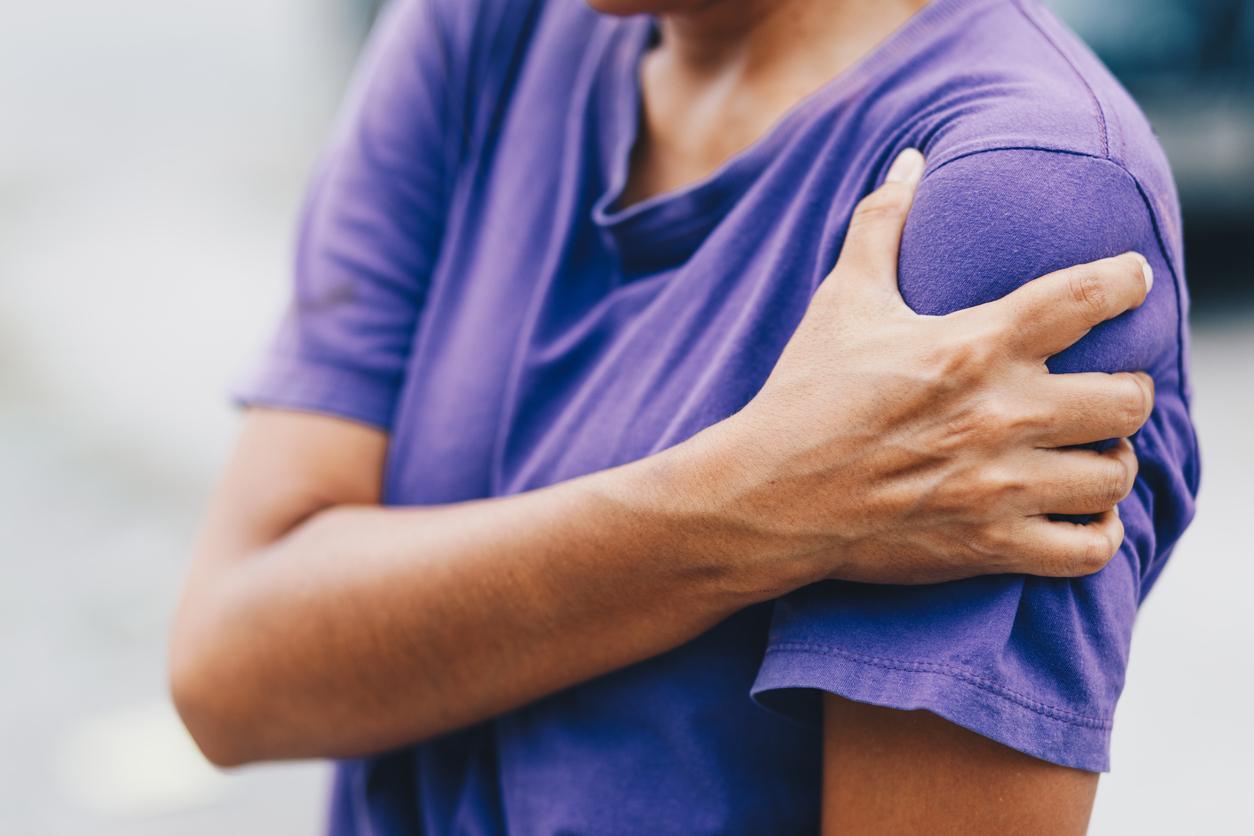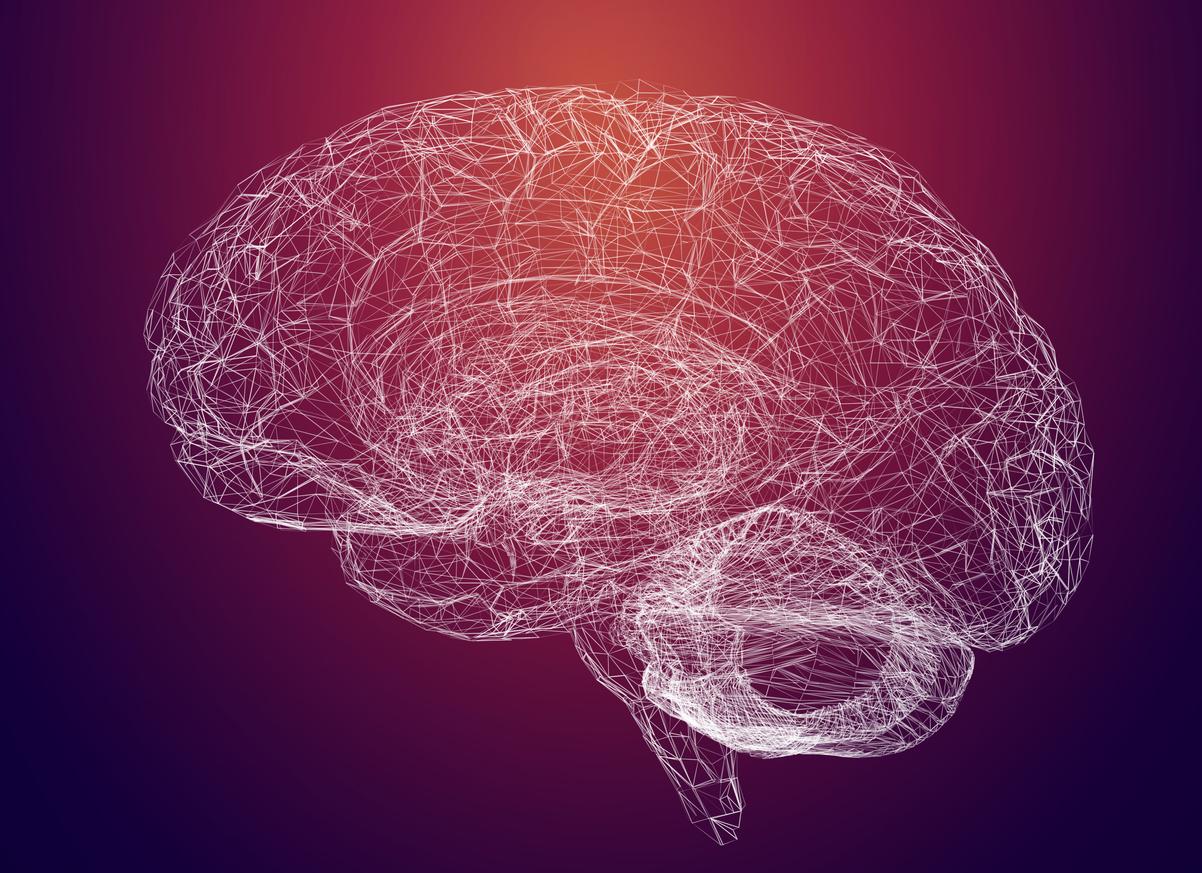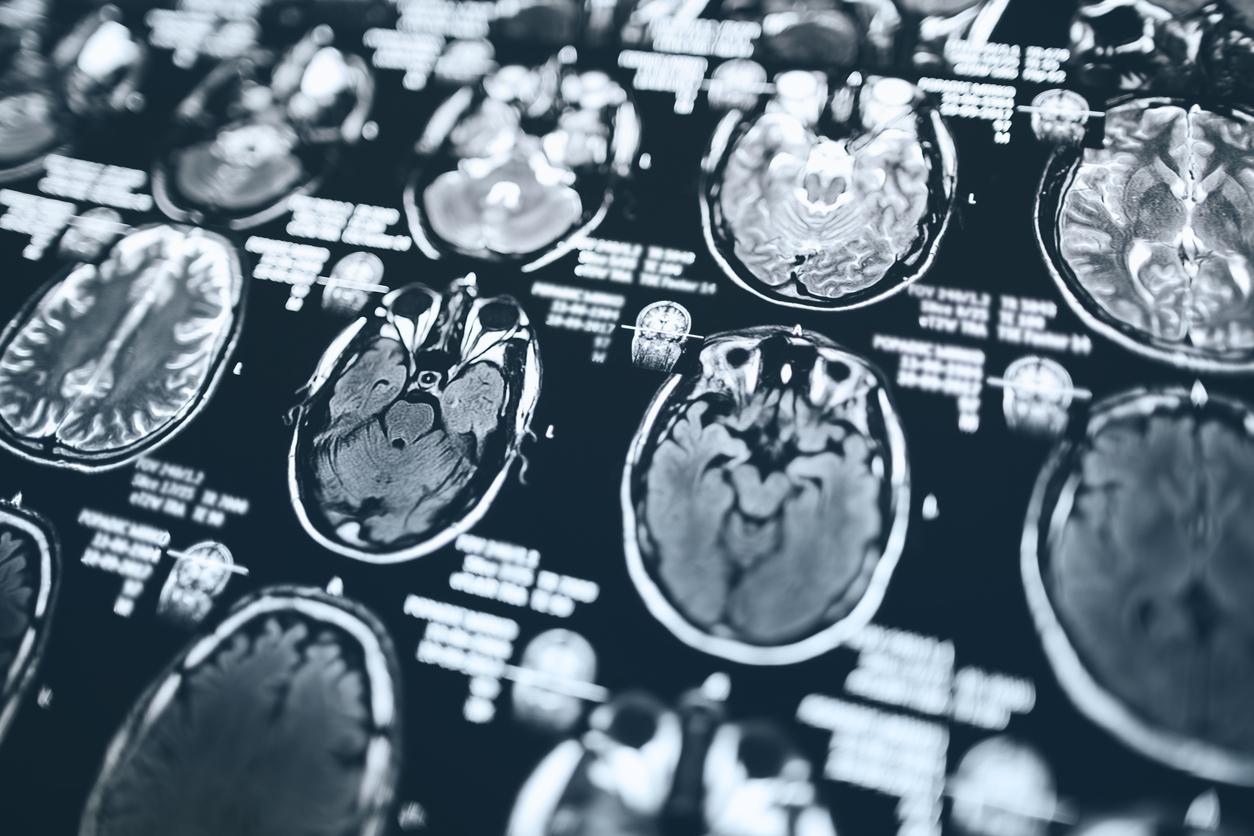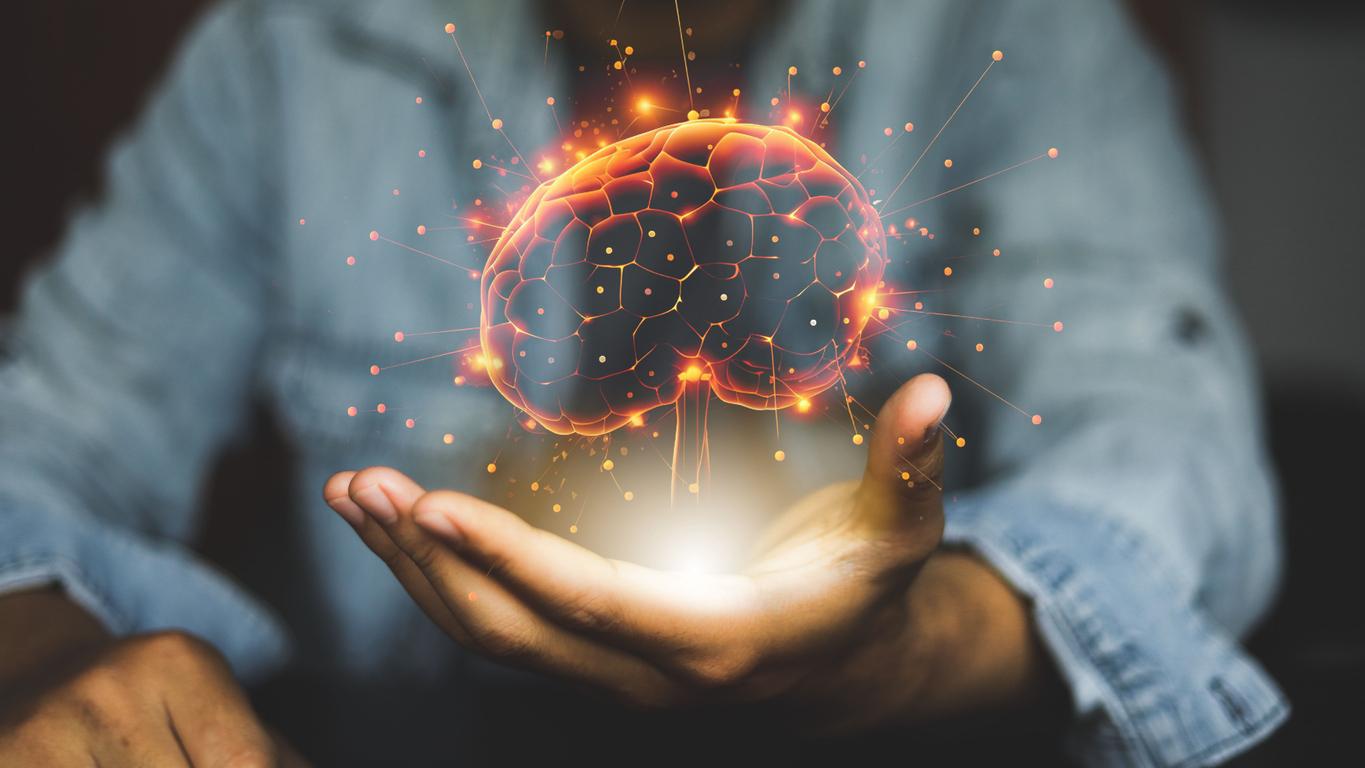Parkinson’s disease affects 120,000 people in France and those around them who are often desperate for the consequences of the disease. Medications and surgery delay the inevitable evolution. A new wind of hope is blowing on this complicated disease with immunotherapy and the participation of several French teams.
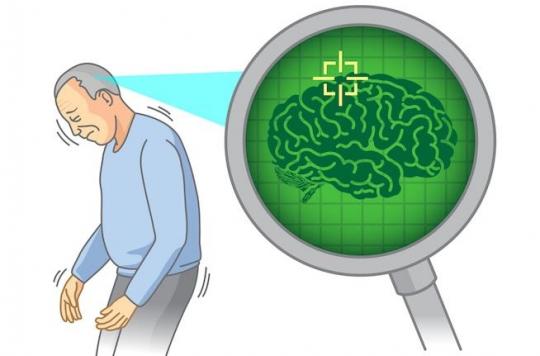
Professor Philippe Damier, neurologist at the University Hospital of Nantes, is one of our most brilliant specialists in this disease. A tradition of French neurology.
He has just unveiled a new line of research, new drugs that will be tested.
They are part of what is called immunotherapy, which is in the process of revolutionizing the treatment of cancers.
Boost immunity
To put it simply, with immunotherapy, we rely on the unsuspected capacities that each of us possesses, to fight against enemy cells, by boosting our immune defences, our natural defense mechanisms which are overwhelmed in the event of illness.
Immunotherapy is a missile which, once injected, has only one objective: to identify a very specific type of cell or substance and destroy it while completely ignoring the other cells.
The doctors, including Professor Philippe Damier, who brought the first European patient into the study, had the idea of using one of these immunotherapy products which had just been tried in Alzheimer’s disease, unfortunately without success.
But the “substances” to be eliminated in the brain being different between the two diseases, it was interesting to try the experiment in Parkinson’s disease.
For the Nantes neurologist, “it is a question of slowing down the degenerative process, or even stopping it if we arrive at the very beginning of the disease. This means a much better quality of life, less fatigue, stiffness, gestural problems, intestinal disorders. Fewer tremors too, even if this symptom only affects 30% of patients”. Which is already a lot.
A consequence of this strategy, the patients concerned can only be very recent patients in whom the disease begins.
It has been known for fifteen years that immunotherapy is the best hope for the treatment of many diseases. The trial, which will involve 200 patients, will be completed and analyzed within 3 or 4 years. “It’s exciting and it can work…”, Professor Philippe Damier told Why Doctor. The Nantes service is also inundated with calls which it cannot respond to.
With immunotherapy, we can hope that the hope of victory has finally really changed sides. In the meantime, it remains to continue the treatment of patients who suffer with several possibilities.
The tremor
“You are shaking, carcass…”, a theatrical line that does not make the 120,000 French people who suffer from Parkinson’s disease laugh, because precisely, tremor is the main symptom of this disease. But beware, if every Parkinson’s sufferer trembles, not every trembler is a Parkinson’s sufferer. And there is interest in making the difference, because the treatments will also be different. Tremor is not the only problem with Parkinson’s. Associated with it is a rigidity of the muscles and a scarcity of voluntary movements, which gives the parkinsonian this aspect. The patient with Parkinson’s is frozen, tense like a bow and trembling. The parkinsonian, when he wants to make a movement, has trouble getting started: rarity of the gesture, difficulty in performing it, slowness. And no muscle escapes it, giving this appearance without expression of the face. However, although almost unable to control his motor skills, the Parkinsonian is condemned to voluntary movements in perpetuity. Because that is the paradox of this disease. At rest, a regular tremor occurs, about ten small movements per second. It is as if the patient is “constantly crumbling bread”. A paradox that the one who gave his name to the disease had perfectly described. Sir James Parkinson indeed spoke of “trembling paralysis”. This disease affects approximately 100,000 people in France, or 1% of the population aged 50 or over. There are 8,000 new cases every year. The first symptoms appear between the ages of 40 and 60, affecting men more often than women, with a fairly clear family preference. Surprisingly – and for once, smokers will be happy – it seems that tobacco is a protective factor. The problem posed by this disease to doctors is that, as far as we know, there is no definitive treatment. The evolution is inexorable and results in a major invalidity, hence a very significant social cost.
Medication
Parkinson’s disease is due to the lack of a substance, dopamine, itself controlled by a tiny area located in the middle of our brain. The cause seems identified, one might think that dopamine-based drugs can solve the problem. In truth, they attenuate it, but in no way do they suppress it. And again, not always, because the mechanisms of our nervous centers sensitive to this dopamine are at least 5 in number, which multiplies by as much the complexity of the treatment. However, we must pay tribute to L-DOPA which has revolutionized the treatment of the disease. Because we know that it is the deficit in this substance which explains the disorders at the level of the brain. But finding the right dosage is tricky and effectiveness tends to fade over time with bothersome side effects the higher the doses are.
soul surgeons
However, alongside chemistry, a real wind of hope is also blowing on this disease thanks to surgery. And as often in medicine, it is the French who are the most innovative.
The technique was born in France, in Grenoble, from the hands of the brilliant Professor Alim-Louis Benabid. Medicine knows better and better how to identify the areas responsible for brain diseases. For example in Parkinson’s disease, the nerve cells that cause the anarchic movements that characterize this disease. Professor Benabid had the idea, rather than destroying them, of going to cancel the harmful effects of these cells by inflicting an electrical stimulation on them at the very heart of the brain. Thanks to techniques of intervention under constant radiographic monitoring, with extreme meticulousness, two electrodes are implanted in a very precise way exactly where the evil starts. The two electrodes are then connected to an electric battery that is placed under the skin, at the base of the neck. The connections made, all you have to do is adjust the power of the stimulation to see the parkinsonian’s tremors disappear. And it works ! Thousands of patients benefit from this technique.
It gives promising results, but in view of its cost, it must be reserved for patients who are very affected and refractory to medication. Because, one of the most astonishing features of this disease is that although the physical aspect is very degraded, the mental state is perfectly preserved. Explaining the intellectual distress of those who suffer. Explaining the number of associated nervous breakdowns, perhaps justifying the tragic gesture of Bernard Buffet, “this painter lost in the world of Parkinson’s”.
.








